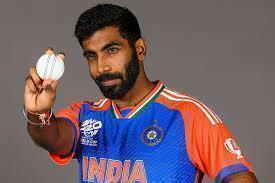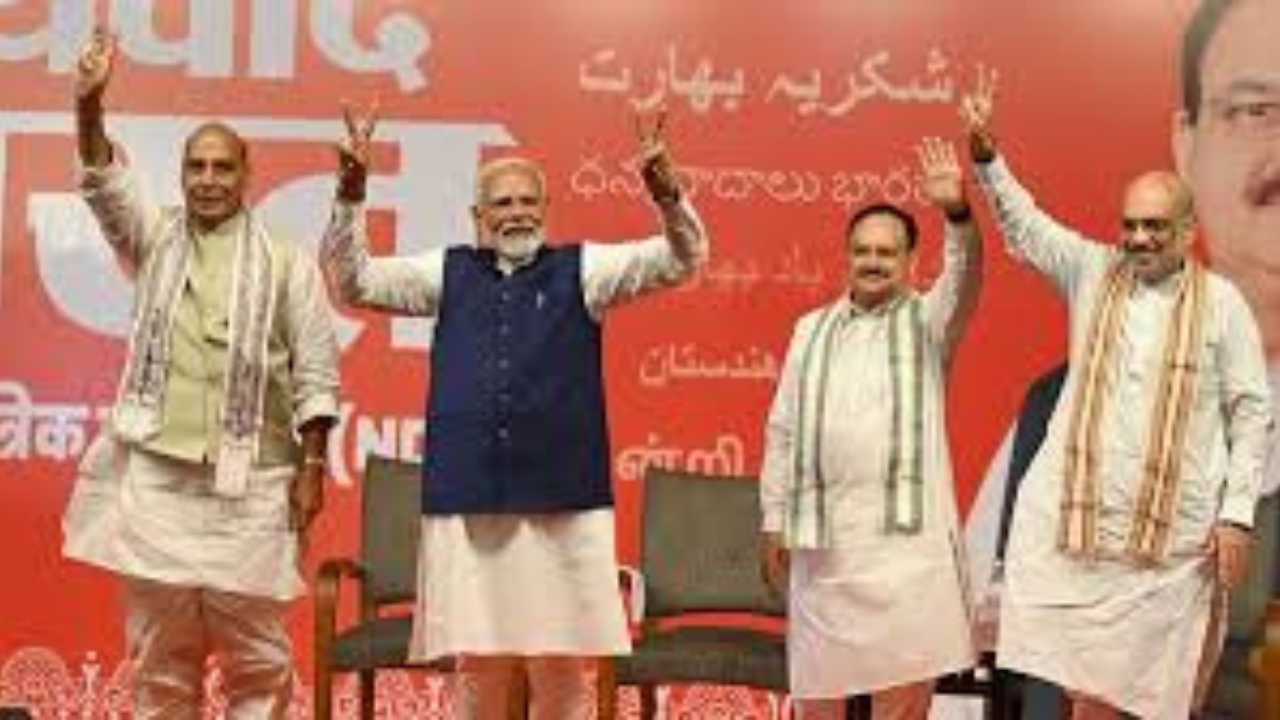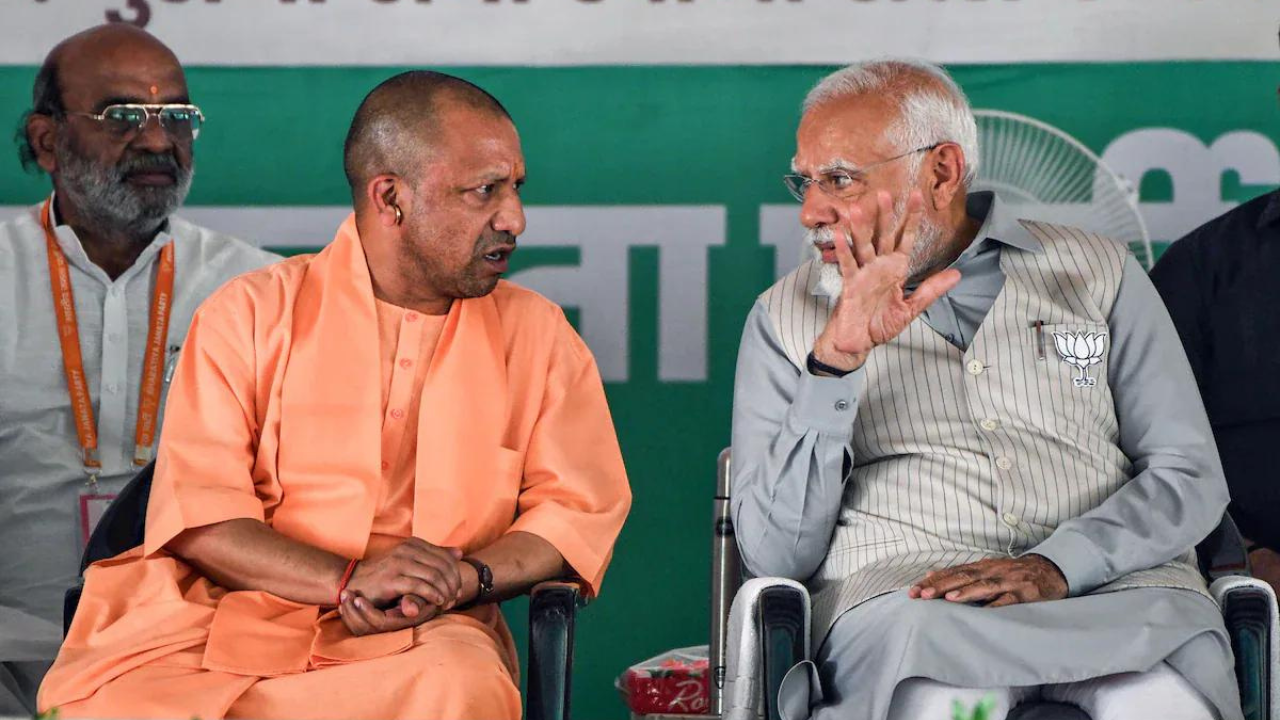
In recent years, technology has revolutionized the world of sports, and cricket is no exception. The Indian Premier League (IPL), a flagship event in the T20 cricket calendar, has been at the forefront of embracing technological innovations. From enhancing the fan experience to improving player performance, technology is playing a pivotal role in shaping the future of IPL and T20 cricket. Let's explore how cutting-edge advancements are transforming the game and what the future holds for this fast-paced, globally popular sport.
Impact: Precision and Strategy
One of the most significant technological advancements in cricket is the use of data analytics. Teams now rely heavily on data-driven insights to formulate strategies, select players, and make real-time decisions. Detailed analytics on player performance, opposition analysis, and pitch conditions provide teams with a competitive edge.
For instance, franchises use data to identify match-ups, such as which bowler is most effective against a particular batsman. This granular level of analysis helps captains make informed decisions on field placements, bowling changes, and batting order. Additionally, player fitness and workload management are monitored through advanced tracking systems, reducing the risk of injuries and optimizing performance.
Impact: Accuracy and Fair Play
Technologies like Hawk-Eye and the Decision Review System (DRS) have revolutionized decision-making in cricket. Hawk-Eye tracks the ball's trajectory, providing accurate information on LBW (Leg Before Wicket) appeals and other close calls. DRS allows teams to challenge on-field umpire decisions, ensuring fairness and reducing human errors.
These technologies have not only improved the accuracy of decisions but also added a new layer of strategy to the game. Teams must use their limited reviews wisely, often saving them for crucial moments. The transparency brought by these systems has enhanced the credibility of the sport, making it more engaging for fans.
Impact: Immersive Experiences
The IPL has been a pioneer in leveraging virtual reality (VR) and augmented reality (AR) to enhance fan engagement. VR allows fans to experience matches from unique perspectives, such as a 360-degree view from the player's vantage point. This immersive experience brings fans closer to the action, even if they can't attend the game in person.
AR is used to create interactive experiences, such as virtual player avatars and stats overlays during live broadcasts. These technologies not only enhance the viewing experience but also provide fans with deeper insights into the game. Social media platforms and dedicated apps further amplify fan engagement by offering real-time updates, live polls, and interactive content.
Impact: Convenience and Safety
The concept of smart stadiums is transforming the in-stadium experience for IPL fans. Equipped with high-speed Wi-Fi, digital ticketing, and cashless payment systems, these stadiums offer convenience and efficiency. Fans can enjoy a seamless experience, from entering the venue to ordering food and beverages from their seats.
Advanced security systems, including facial recognition and AI-powered surveillance, ensure fan safety and smooth crowd management. Moreover, digital screens and interactive displays provide live stats, player information, and entertainment, keeping fans engaged throughout the match.
Impact: Monitoring and Optimization
Wearable technology, such as GPS trackers and smart clothing, is becoming increasingly common in cricket. These devices monitor players' physical metrics, including heart rate, speed, and distance covered. This data helps coaches and medical staff monitor player fitness levels, assess fatigue, and prevent injuries.
For example, tracking a bowler's workload can prevent overuse injuries, while monitoring a batsman's heart rate can provide insights into their stress levels during high-pressure situations. This real-time data allows for personalized training programs, ensuring players perform at their best.
Impact: Predictive Analysis and Insights
Artificial Intelligence (AI) and Machine Learning (ML) are being used to analyze vast amounts of cricket data. These technologies can predict match outcomes, player performances, and even suggest optimal strategies. AI-powered tools analyze historical data and identify patterns, helping teams prepare for different scenarios.
For instance, AI can predict how a pitch might behave based on weather conditions and past matches. It can also analyze player behavior under various circumstances, providing insights into potential game-changing moments. These predictive capabilities are becoming invaluable for teams, broadcasters, and analysts.
Impact: High-Definition and Interactive Content
The broadcasting experience has been transformed with advancements in camera technology, high-definition (HD) and ultra-high-definition (UHD) broadcasts, and slow-motion replays. Technologies like Spidercam and drone cameras provide unique aerial views and angles, enhancing the visual experience.
Interactive features, such as multi-angle views and real-time stats, allow viewers to customize their viewing experience. These innovations have made IPL broadcasts more dynamic, engaging, and informative, attracting a global audience and elevating the overall appeal of the league.
As technology continues to evolve, its impact on IPL and T20 cricket will only grow stronger. From data analytics and AI to immersive fan experiences and wearable tech, these innovations are redefining the way the game is played, viewed, and enjoyed. The future of cricket looks promising, with technology making the sport more competitive, fair, and entertaining. As we move forward, the fusion of cricket and technology will undoubtedly continue to enhance the excitement and passion that IPL fans cherish worldwide.
In recent years, technology has revolutionized the world of sports, and cricket is no exception. The Indian Premier League (IPL), a flagship event in the T20 cricket calendar, has been at the forefront of embracing technological innovations. From enhancing the fan experience to improving player performance, technology is playing a pivotal role in shaping the future of IPL and T20 cricket. Let's explore how cutting-edge advancements are transforming the game and what the future holds for this fast-paced, globally popular sport.
Impact: Precision and Strategy
One of the most significant technological advancements in cricket is the use of data analytics. Teams now rely heavily on data-driven insights to formulate strategies, select players, and make real-time decisions. Detailed analytics on player performance, opposition analysis, and pitch conditions provide teams with a competitive edge.
For instance, franchises use data to identify match-ups, such as which bowler is most effective against a particular batsman. This granular level of analysis helps captains make informed decisions on field placements, bowling changes, and batting order. Additionally, player fitness and workload management are monitored through advanced tracking systems, reducing the risk of injuries and optimizing performance.
Impact: Accuracy and Fair Play
Technologies like Hawk-Eye and the Decision Review System (DRS) have revolutionized decision-making in cricket. Hawk-Eye tracks the ball's trajectory, providing accurate information on LBW (Leg Before Wicket) appeals and other close calls. DRS allows teams to challenge on-field umpire decisions, ensuring fairness and reducing human errors.
These technologies have not only improved the accuracy of decisions but also added a new layer of strategy to the game. Teams must use their limited reviews wisely, often saving them for crucial moments. The transparency brought by these systems has enhanced the credibility of the sport, making it more engaging for fans.
Impact: Immersive Experiences
The IPL has been a pioneer in leveraging virtual reality (VR) and augmented reality (AR) to enhance fan engagement. VR allows fans to experience matches from unique perspectives, such as a 360-degree view from the player's vantage point. This immersive experience brings fans closer to the action, even if they can't attend the game in person.
AR is used to create interactive experiences, such as virtual player avatars and stats overlays during live broadcasts. These technologies not only enhance the viewing experience but also provide fans with deeper insights into the game. Social media platforms and dedicated apps further amplify fan engagement by offering real-time updates, live polls, and interactive content.
Impact: Convenience and Safety
The concept of smart stadiums is transforming the in-stadium experience for IPL fans. Equipped with high-speed Wi-Fi, digital ticketing, and cashless payment systems, these stadiums offer convenience and efficiency. Fans can enjoy a seamless experience, from entering the venue to ordering food and beverages from their seats.
Advanced security systems, including facial recognition and AI-powered surveillance, ensure fan safety and smooth crowd management. Moreover, digital screens and interactive displays provide live stats, player information, and entertainment, keeping fans engaged throughout the match.
Impact: Monitoring and Optimization
Wearable technology, such as GPS trackers and smart clothing, is becoming increasingly common in cricket. These devices monitor players' physical metrics, including heart rate, speed, and distance covered. This data helps coaches and medical staff monitor player fitness levels, assess fatigue, and prevent injuries.
For example, tracking a bowler's workload can prevent overuse injuries, while monitoring a batsman's heart rate can provide insights into their stress levels during high-pressure situations. This real-time data allows for personalized training programs, ensuring players perform at their best.
Impact: Predictive Analysis and Insights
Artificial Intelligence (AI) and Machine Learning (ML) are being used to analyze vast amounts of cricket data. These technologies can predict match outcomes, player performances, and even suggest optimal strategies. AI-powered tools analyze historical data and identify patterns, helping teams prepare for different scenarios.
For instance, AI can predict how a pitch might behave based on weather conditions and past matches. It can also analyze player behavior under various circumstances, providing insights into potential game-changing moments. These predictive capabilities are becoming invaluable for teams, broadcasters, and analysts.
Impact: High-Definition and Interactive Content
The broadcasting experience has been transformed with advancements in camera technology, high-definition (HD) and ultra-high-definition (UHD) broadcasts, and slow-motion replays. Technologies like Spidercam and drone cameras provide unique aerial views and angles, enhancing the visual experience.
Interactive features, such as multi-angle views and real-time stats, allow viewers to customize their viewing experience. These innovations have made IPL broadcasts more dynamic, engaging, and informative, attracting a global audience and elevating the overall appeal of the league.
As technology continues to evolve, its impact on IPL and T20 cricket will only grow stronger. From data analytics and AI to immersive fan experiences and wearable tech, these innovations are redefining the way the game is played, viewed, and enjoyed. The future of cricket looks promising, with technology making the sport more competitive, fair, and entertaining. As we move forward, the fusion of cricket and technology will undoubtedly continue to enhance the excitement and passion that IPL fans cherish worldwide.
#trending #latest #ipl

How [Athlete's Name] Is Changing the Game On and Off the Field...Read More.

The Impact of Social Media on Today's Top Athletes...Read More.
 Top 10 Fashion Trends for Summer 2024
Top 10 Fashion Trends for Summer 2024
Top 10 Fashion Trends for Summer 2024
 India Decides: Latest Updates on General Election Results 2024
India Decides: Latest Updates on General Election Results 2024
Stay Informed with Real-Time Coverage and Analysis
 Mallikarjun Kharge's suggestion of "new partners" hints at potential shifts in coalition dynamics regarding government formation.
Mallikarjun Kharge's suggestion of "new partners" hints at potential shifts in coalition dynamics regarding government formation.
Both the TDP and the JDU have been allies of the Congress in the past.
 UP Election 2024 Results Highlights: Major Upset for BJP-Led NDA as INDIA Bloc Secures Significant Victory
UP Election 2024 Results Highlights: Major Upset for BJP-Led NDA as INDIA Bloc Secures Significant Victory
India's most politically significant state, Uttar Pradesh, became the arena for a fierce showdown be
 Election Results 2024 Highlights: Celebrations at BJP Headquarters as NDA Prepares for 3rd Term, INDIA Alliance Makes Strong Showing
Election Results 2024 Highlights: Celebrations at BJP Headquarters as NDA Prepares for 3rd Term, INDIA Alliance Makes Strong Showing
2024 Election Results Highlights: Poll Pundits Predicted a Third Term for PM Narendra Modi, but BJP'
How [Athlete's Name] Is Changing the Game On and Off the Field

How [Athlete's Name] Is Changing the Game On and Off the Field
The Impact of Social Media on Today's Top Athletes

The Impact of Social Media on Today's Top Athletes
Off the Court: [Athlete's Name]'s Ventures Beyond Sports

Off the Court: [Athlete's Name]'s Ventures Beyond Sports
The Most Iconic Moments in [Athlete's Name]'s Career

The Most Iconic Moments in [Athlete's Name]'s Career
How [Athlete's Name] Balances Fame and Family Life

How [Athlete's Name] Balances Fame and Family Life
The Style Game: How Athletes Are Setting Fashion Trends

The Style Game: How Athletes Are Setting Fashion Trends
From Injury to Victory: Comeback Stories of Elite Athletes

From Injury to Victory: Comeback Stories of Elite Athletes
The Ultimate Fitness Routine: How [Athlete's Name] Stays in Shape

The Ultimate Fitness Routine: How [Athlete's Name] Stays in Shape
Inside the Mind of a Champion: [Athlete's Name]'s Winning Mentality

Inside the Mind of a Champion: [Athlete's Name]'s Winning Mentality
Beyond the Field: The Charitable Work of [Athlete's Name]

Beyond the Field: The Charitable Work of [Athlete's Name]
Legends in the Making: The Next Generation of Sports Icons

Legends in the Making: The Next Generation of Sports Icons
Trailblazers: Female Athletes Who Are Dominating the Sports World

Trailblazers: Female Athletes Who Are Dominating the Sports World
The Evolution of [Sport]: How Athletes Have Changed the Game

The Evolution of [Sport]: How Athletes Have Changed the Game
Breaking Barriers: Athletes Who Redefined the GameBreaking Barriers: Athletes Who Redefined the Game

Breaking Barriers: Athletes Who Redefined the Game
The Secrets to [Athlete's Name]'s Training Regimen

The Secrets to [Athlete's Name]'s Training Regimen
From Rookie to Pro: The Inspiring Journey of [Athlete's Name]

From Rookie to Pro: The Inspiring Journey of [Athlete's Name]
Behind the Scenes: A Day in the Life of [Athlete's Name]

Behind the Scenes: A Day in the Life of [Athlete's Name]
Plot no 90, Ganpativilla, sahibabad Ghaziabad UP 201005
+91 8585968676
info@trendingblogsea.com
© techtell. All Rights Reserved.